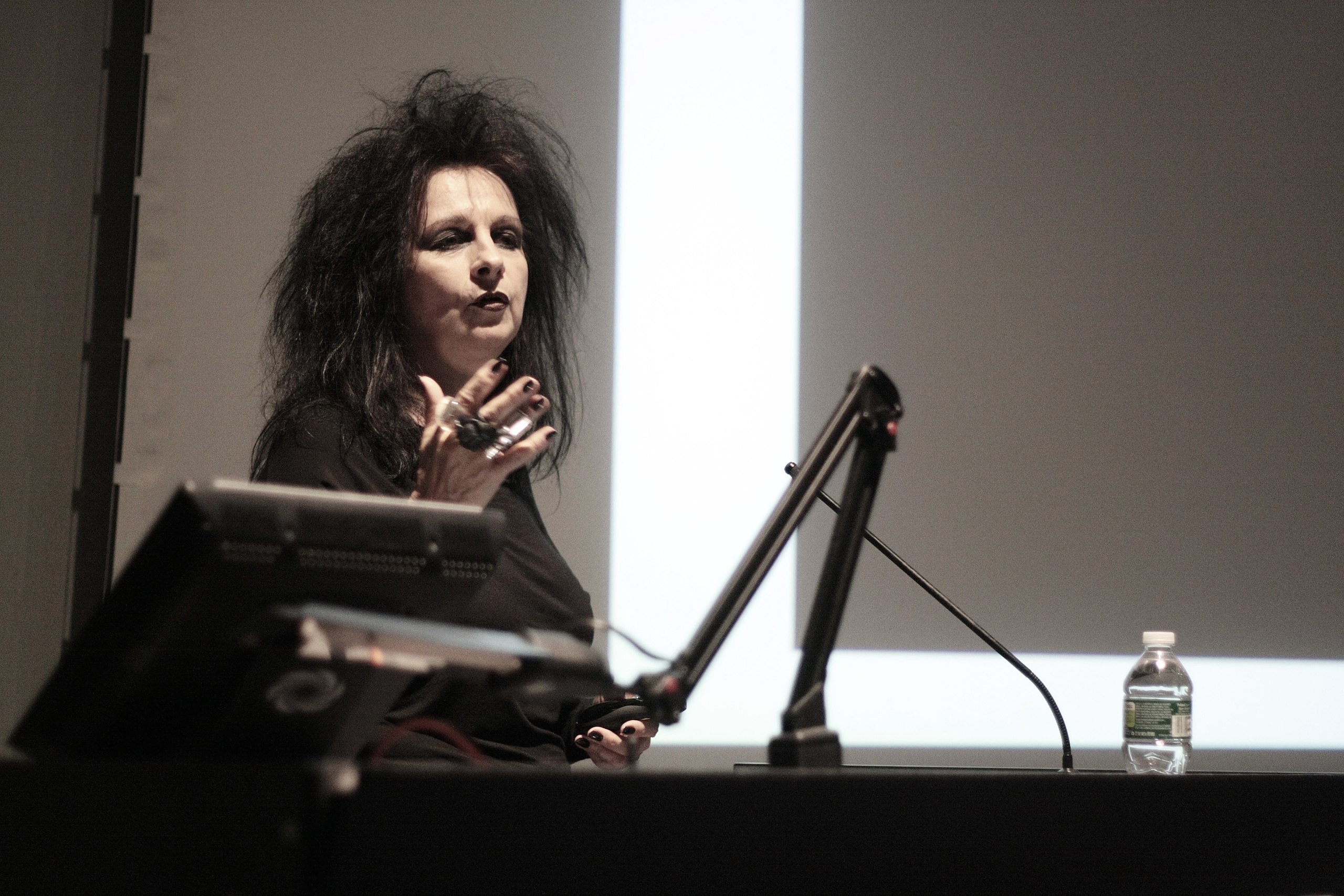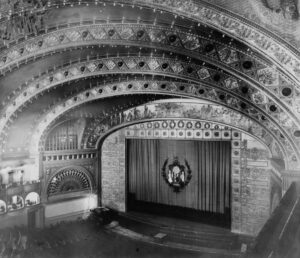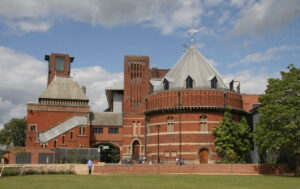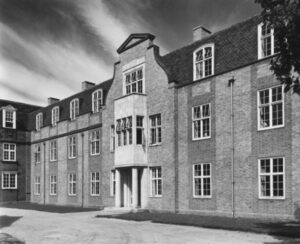In the dynamic world of architecture, there are creators, and then there are revolutionaries – those who dare to redefine the conventions of the craft. Today, we shine a spotlight on one such rockstar of the architectural world – Odile Decq. Born in Laval, France, Decq first delved into the disciplines of history and art history, later shifting her focus to the vast, creative expanse of architecture. This foundational base in the arts became the cornerstone for her future architectural exploits, fueling her rebellious yet constructive spirit.
Decq’s works echo her unique vision, transcending conventional design norms and boldly experimenting with innovative elements. Every project she has embraced manifests her distinct design philosophy – a play of bold geometric forms, the artful manipulation of light, and the fluidity of lines. It’s as if each design is an architectural manifesto that dares to defy the ordinary and push boundaries.
A prime showcase of her ethos is the Phantom Restaurant within Paris’s Opera Garnier. Here, Decq’s prowess is fully displayed in her ability to juxtapose contemporary design elements within a historic setting, engendering an intriguing dialogue between the past and the present, between tradition and modernity.
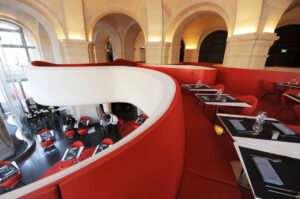
Beyond her design exploits, Decq has made significant contributions to architectural education. With the establishment of the Confluence Institute for Innovation and Creative Strategies in Architecture in Lyon, France, Decq was able to translate her design philosophy into an educational context, fostering innovation and creative problem-solving in future architects.
Decq’s architectural flair and contributions have not gone unnoticed. She has been recognized with prestigious accolades, including the 2016 Jane Drew Prize and the 2017 Lifetime Achievement Award from the Royal Institute of British Architects (RIBA). Her rise to prominence in the industry has been marked not only by the brilliance of her designs but also her unrelenting commitment to equality and progressive thinking in architecture.
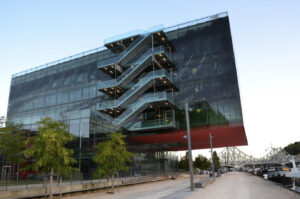
Her legacy extends far beyond the physical structures she has designed and the students she has mentored. As a true rockstar of modern architecture, Decq has blazed a trail for future generations, particularly for women in a traditionally male-dominated field. Her work continues to inspire, challenging conventions and reshaping the architectural landscape.
Today, as we celebrate Odile Decq and her remarkable journey, we honor her pioneering spirit and her unique contribution to the field of architecture. Her commitment to challenging norms, her avant-garde designs, and her impactful initiatives truly exemplify the essence of a rockstar architect, who not only shapes the world around us but also how we perceive and interact with it.
